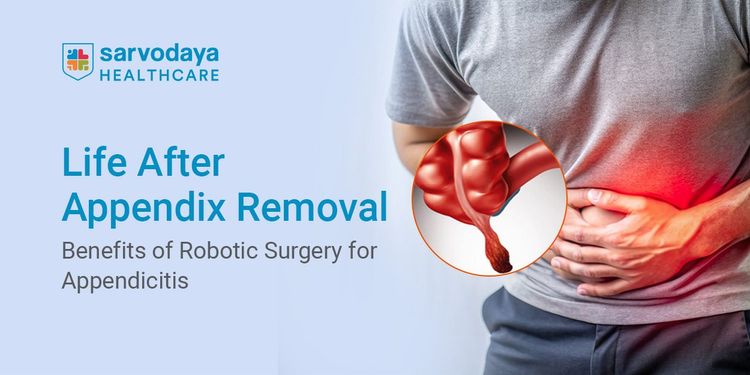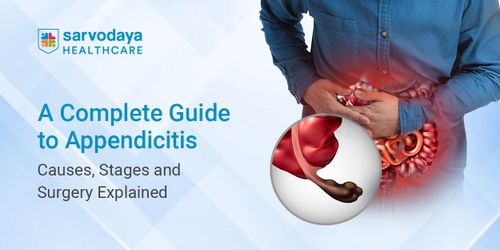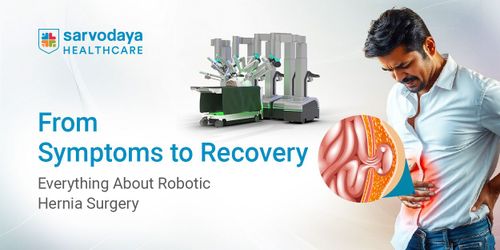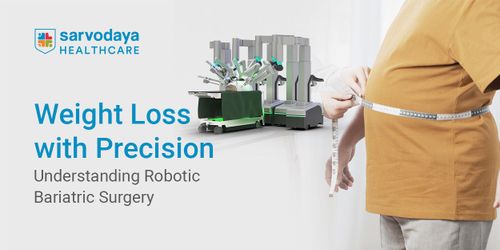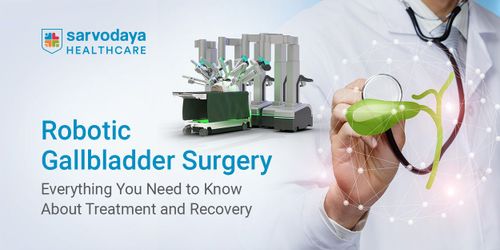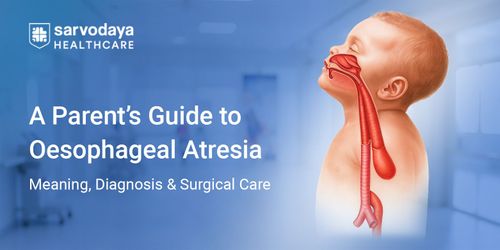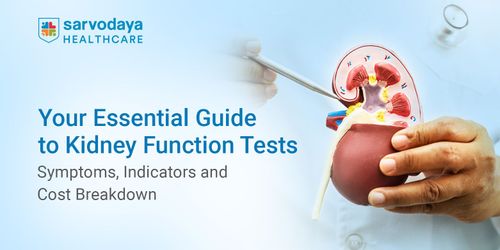Appendicitis is one of the most common abdominal emergencies across the world, often striking without warning and demanding urgent medical care. If left untreated, it can cause life-threatening complications such as a ruptured appendix and widespread infection. With advancements in medical technology, robotic appendix removal surgery is now offering patients safer surgeries, quicker recovery, and improved outcomes compared to traditional methods.
In this blog, we explore what appendicitis is, the signs that should alert you to seek medical attention, and why appendicitis removal surgery through robotic technology is becoming the preferred treatment.
Understanding Appendicitis
Appendicitis is the inflammation of the appendix, a small pouch located at the junction of the small and large intestines. Although the appendix has no critical function in the human body, its inflammation can cause severe abdominal pain and requires urgent attention.
The most common causes and risk factors for appendicitis operation include:
- Blockage of the appendix opening due to stool, a foreign body, or enlarged lymphoid tissue.
- Infections that cause swelling and inflammation.
- Genetic predisposition, with family history playing a role in some cases.
- A higher prevalence is observed in teenagers and young adults, although it can occur at any age.
Recognising these signs early is critical, as a timely treatment of appendicitis can prevent complications and speed up recovery. If untreated, the appendix may burst, leading to a severe infection known as peritonitis.
The Need for Appendix Surgery
While mild abdominal pain can sometimes be managed with rest and medication, appendicitis is different. Once the appendix is inflamed, it rarely heals on its own and often requires immediate surgical removal. Delaying treatment can increase the risk of rupture, which can be life-threatening.
Appendix removal becomes necessary in the following situations:
- The pain continues to worsen despite rest and basic medication.
- Imaging tests reveal inflammation or severe infection.
- Patients experience persistent nausea, vomiting, and fever.
- Pain interferes with normal functioning, such as walking or sleeping.
- Signs of rupture, such as sudden relief followed by worsening abdominal pain, are observed.
In such cases, undergoing appendix removal surgery is the most reliable treatment to prevent complications and ensure long-term health.
Process of Robotic Appendix Removal Surgery
Patients are often curious about what exactly happens during appendicitis removal surgery. The process is smooth, efficient, and designed to ensure maximum safety with minimal pain.
Here is the typical step-by-step process of a robotic appendix removal surgery:
- Pre-Surgery Evaluation: Blood tests, imaging scans, and a physical examination are conducted to confirm appendicitis and check overall health.
- Anaesthesia: The surgery is performed under general anaesthesia to ensure the patient remains comfortable and pain-free.
- Incisions: Small incisions are made in the abdomen for inserting robotic instruments and a camera.
- Appendix Removal: The surgeon uses robotic arms to separate and remove the inflamed appendix carefully.
- Closure: The small incisions are closed with sutures or glue.
- Hospital Stay: The surgery usually takes 1–2 hours, followed by a short hospital stay of 1–2 days for observation.
Thanks to robotic technology, the surgery is much less invasive compared to traditional methods, making it especially helpful in cases like female appendicitis surgery, where precise movements can reduce complications around the pelvic area.
Benefits of Robotic Appendix Removal Surgery
Opting for a robotic approach to appendix removal surgery brings several advantages that make recovery quicker and outcomes more reliable. Patients experience not only less pain but also greater confidence in returning to their daily lives.
The key benefits include:
- High Precision: Robotic arms provide surgeons with a better range of motion and control compared to manual techniques.
- Less Pain: Patients report lower discomfort levels during recovery after appendicitis removal surgery.
- Reduced Appendix Surgery Recovery Time: Most patients resume normal routines much faster compared to traditional open surgeries.
- Smaller Scars: Tiny incisions mean minimal scarring and quicker healing.
- Better Outcomes for Female Patients: Female appendicitis surgery cases, which may involve sensitive areas, show improved results with robotic technology.
- Lower Risk of Complications: Robotic precision reduces the risk of accidental damage to nearby organs, thereby lowering the risk of infection and other complications.
These benefits highlight why robotic general surgery in Delhi NCR is fast becoming the preferred choice for patients and doctors alike.
Life After Appendix Removal
Life after an appendix removal surgery is usually smooth, with most patients able to return to their routine within a few weeks. However, the exact appendix surgery recovery time depends on the individual’s health, age, and how quickly the surgery was performed after diagnosis.
Here are some aspects of recovery and life post-surgery:
- Initial Recovery: Patients may feel mild discomfort around the incision sites for a few days, which can be managed with medication.
- Dietary Adjustments: Light meals are recommended in the first few days, gradually shifting back to a regular diet.
- Physical Activity: Walking is encouraged soon after the surgery, but heavy lifting and strenuous exercises should be avoided for 4–6 weeks.
- Follow-Up Appointments: Regular consultations with the surgeon help monitor healing progress.
Conclusion
Robotic technology has transformed the way appendicitis is treated. With its precision, minimally invasive approach, and quicker recovery, robotic appendix removal surgery offers patients a safe and highly effective solution. Unlike conventional surgeries, it provides fewer scars, less pain, and a shorter appendix surgery recovery time, allowing people to return to their routines with confidence.
Sarvodaya Hospital, Faridabad, is playing a key role in making advanced healthcare accessible. With expert surgeons and state-of-the-art infrastructure, Sarvodaya provides world-class facilities for robotic appendix removal surgery and female appendicitis surgery. Their team ensures not only successful operations but also preventive consultations, which can help patients understand the risks and take early steps towards treatment. By focusing on patient education and holistic care, Sarvodaya stands out as a trusted destination for those seeking safe and advanced surgical solutions.
Consult an experienced robotic general surgeon in Delhi NCR to explore the most advanced options for your treatment, and book an appointment now to take the first step towards a healthier, pain-free life.


